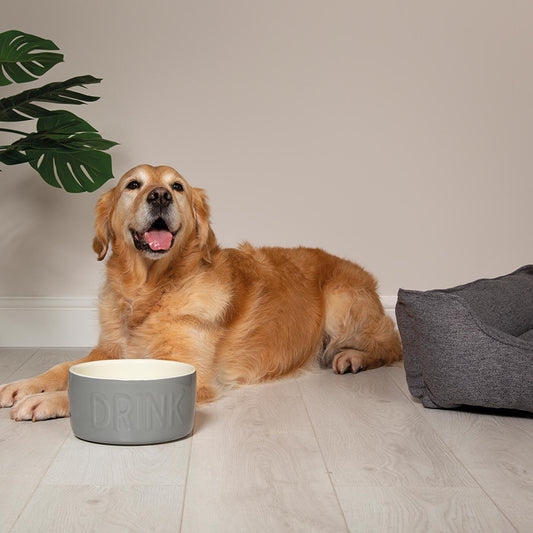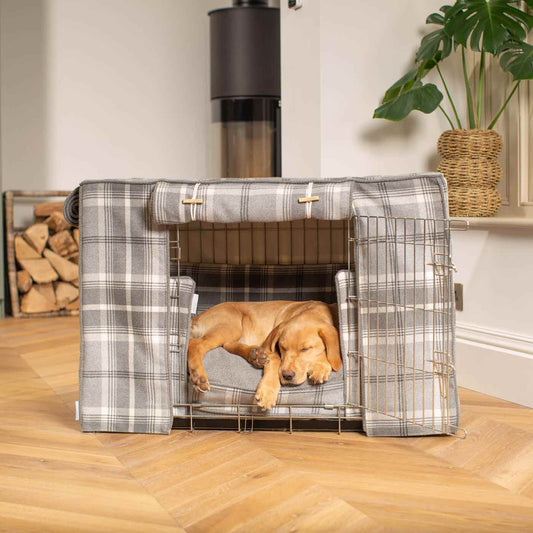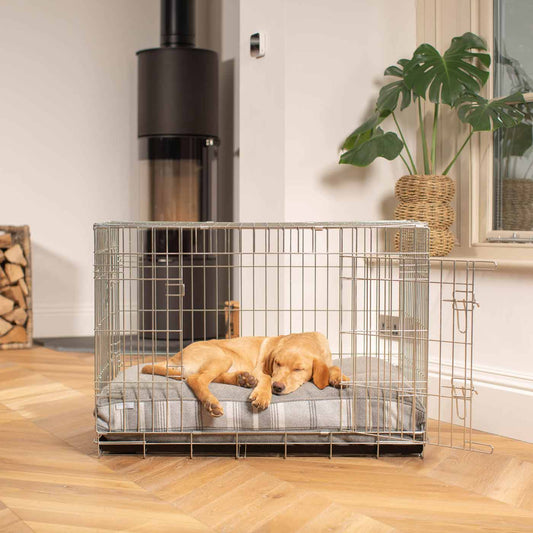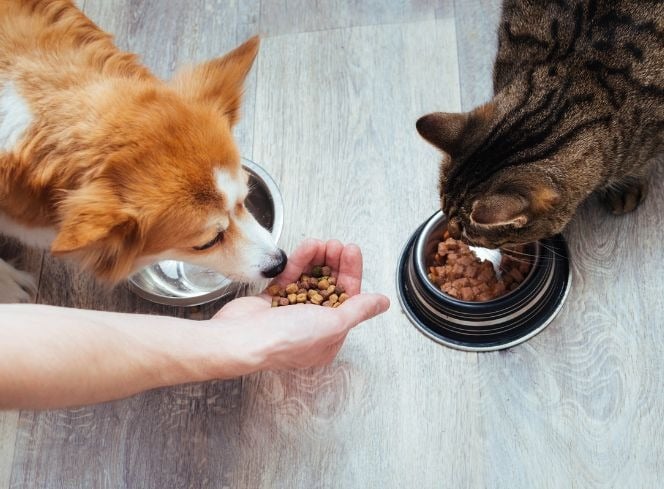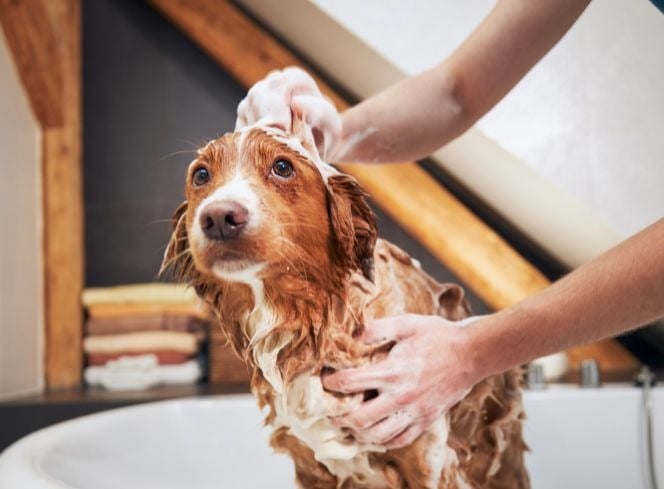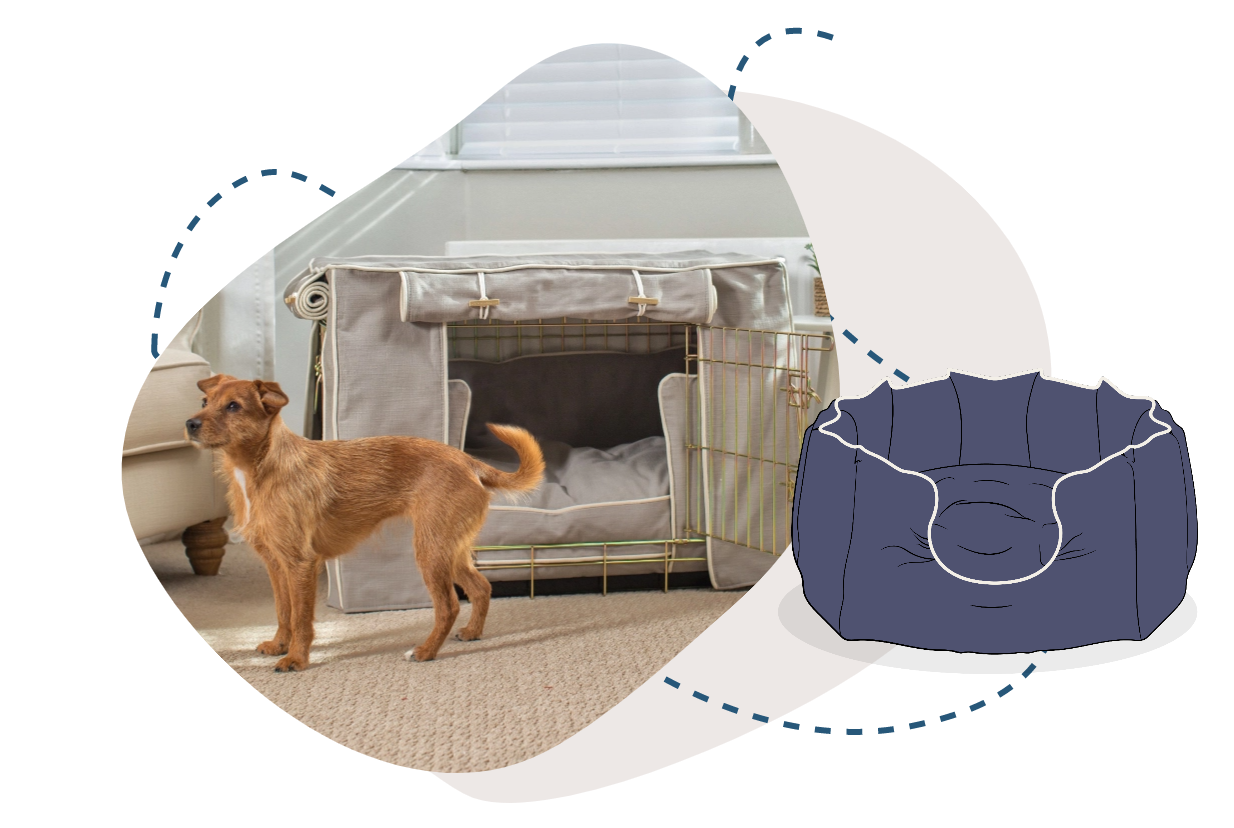.jpg?v=1705942224281&options=)
Dog Hair Loss: How To Manage The Autumn Moult
As autumn sets in, dog owners often find themselves dealing with a familiar issue – dog hair loss. While it's natural for dogs to moult, excessive shedding during this season can be a cause for concern. In this comprehensive guide, we will explore the reasons behind dog moulting, effective home remedies, and the best treatments to manage your furry friend's hair loss. Why Is My Dog Moulting So Much Moulting, also known as shedding, is a normal biological process for dogs. However, some breeds shed more than others, and environmental factors such as temperature and daylight play a role. Autumn, with its fluctuating temperatures and reduced daylight hours, triggers moulting in many dogs. It's essential for dog owners to distinguish between normal shedding and excessive hair loss, which could indicate an underlying health issue.Additionally, nutrition, stress, and overall health can impact the quality of a dog's coat. If your dog's hair loss seems excessive or is accompanied by other concerning symptoms, consult with your veterinarian to rule out any underlying health issues. Dog Hair Loss Remedies Managing dog hair loss at home involves a combination of proper grooming, a balanced diet, and a conducive living environment. Here are some effective home remedies to minimise excessive shedding: Regular Brushing: Invest in the best brush for moulting dogs. Regular brushing helps remove loose hair and prevents matting. Choose a brush that suits your dog's coat type, whether it's short, long, or double-coated. Not sure what brush is best for your dog’s coat? Check out our brush guide to find the best brush for their coat. Balanced Diet: Ensure your dog receives a well-balanced diet rich in essential nutrients, including Omega-3 fatty acids, which promote a healthy coat. Consult your vet for dietary recommendations based on your dog's breed and size. Some good options to look at are the Forthglade dry foods, they are cold pressed rather than baked so retain lots of the ingredients natural goodness and benefits which in turn helps your dog’s coat. We also love fish flavoured food that’s rich in natural proteins for keeping your dog’s coat looking shiny and healthy, the Beco Caught Cod & Haddock Dog Food is a personal favourite. Supplements: Consider adding supplements like fish oil or flaxseed oil to your dog's diet. These supplements can improve coat health and reduce shedding. The Animology Coat and Body Dog Supplement is a great supplement for helping your dog’s coat look as good as possible, the capsules contain both omega 3 and biotin to help maintain a healthy coat, alongside L-taurine and CoQ10 to support the heart and muscles. Proper Hydration: Adequate water intake is crucial for maintaining skin and coat health. Ensure your dog always has access to clean water. Dog Hair Loss Treatment If home remedies don't show improvement, your vet may recommend specific treatments depending on the underlying cause of your dog's hair loss. These may include medicated shampoos, topical treatments, or changes in diet. Dogs Moulting Season Duration The duration of the moulting season varies among individual dogs and breeds. Typically, it can last for a few weeks to a couple of months. Observing your dog's shedding pattern over multiple seasons will give you a better understanding of their specific moulting season duration. Dog hair loss during the autumn moult is a common occurrence, but proactive management can minimise its impact on your furry friend's coat and overall well-being. By incorporating regular grooming, a balanced diet, and consulting with your vet as needed, you can ensure that your dog's coat remains healthy and vibrant throughout the moulting season.


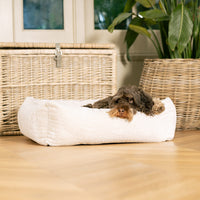

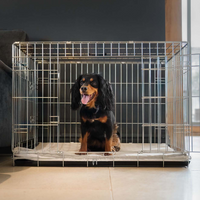

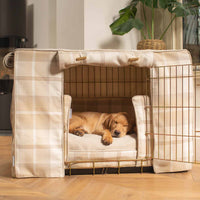
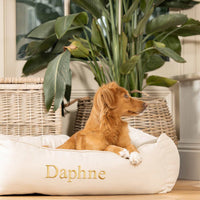
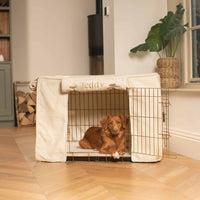
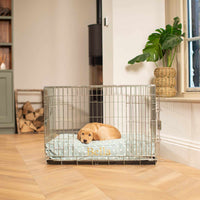
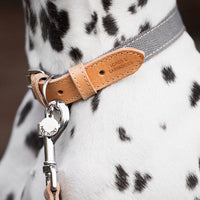



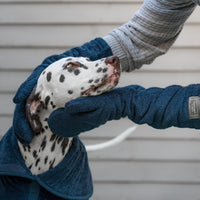

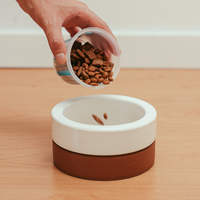
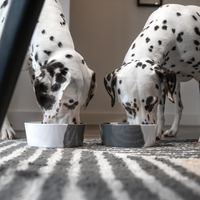
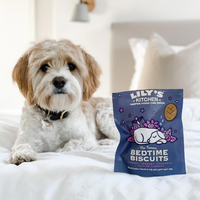
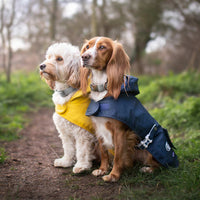
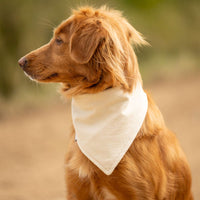
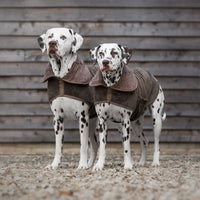
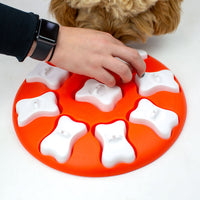

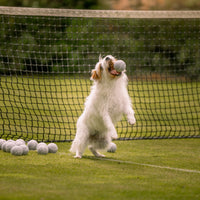
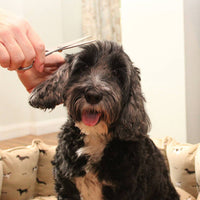
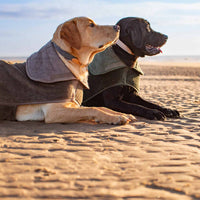
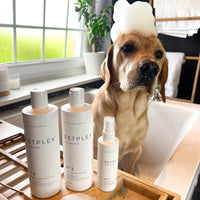
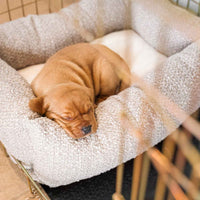
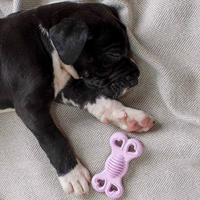
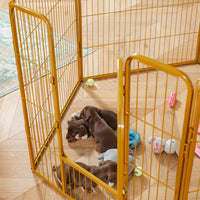
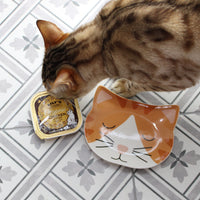
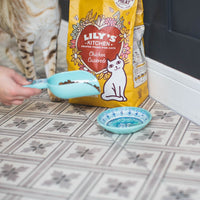
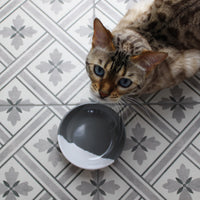
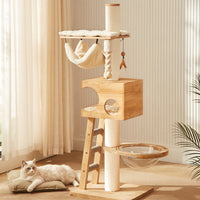
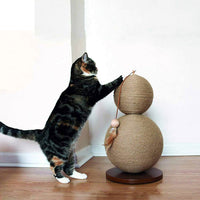
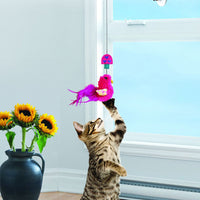
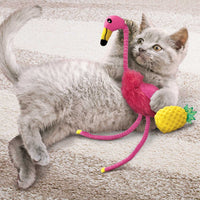
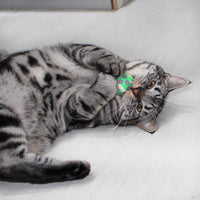
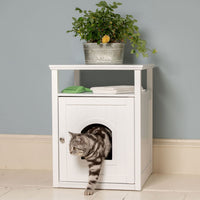
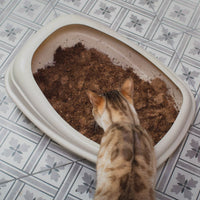
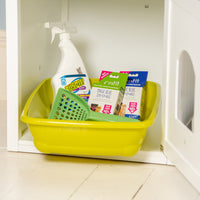
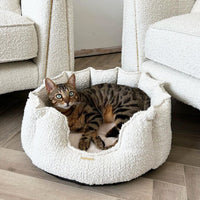
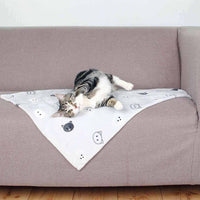
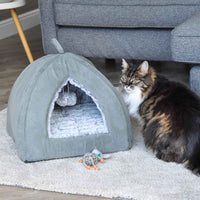
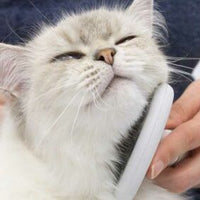
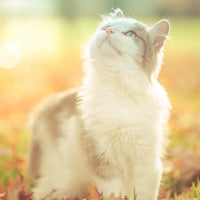

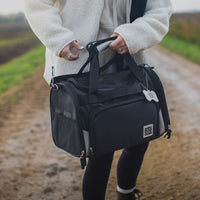
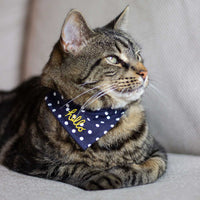


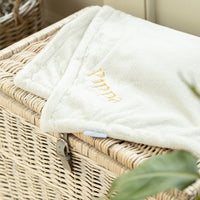
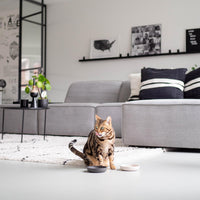

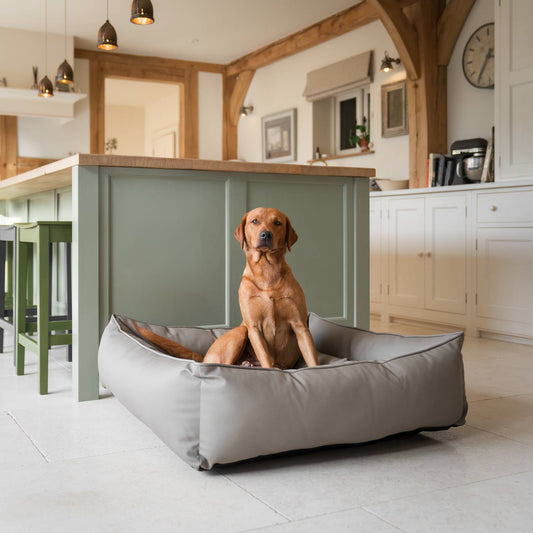


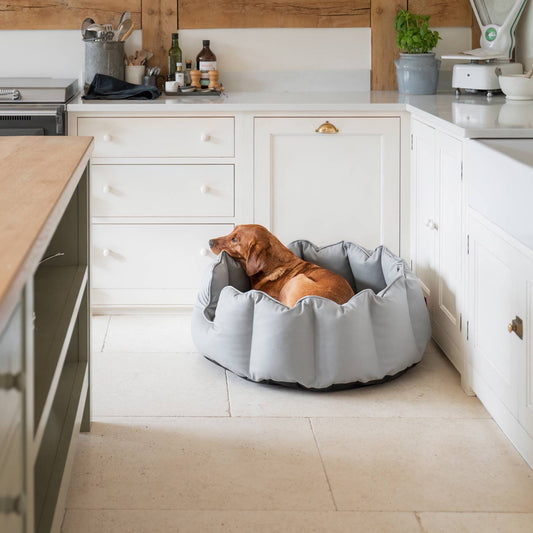


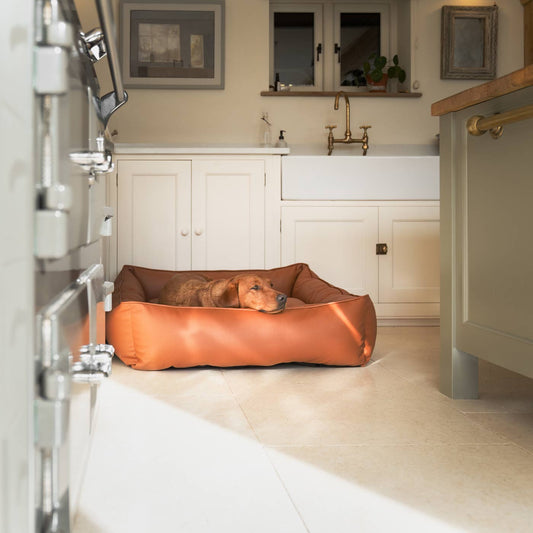

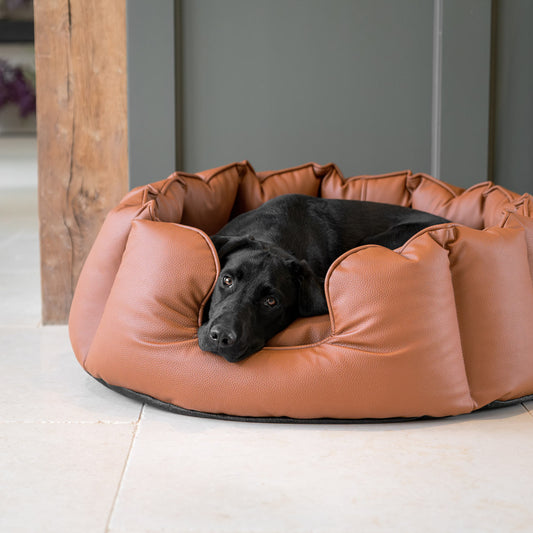
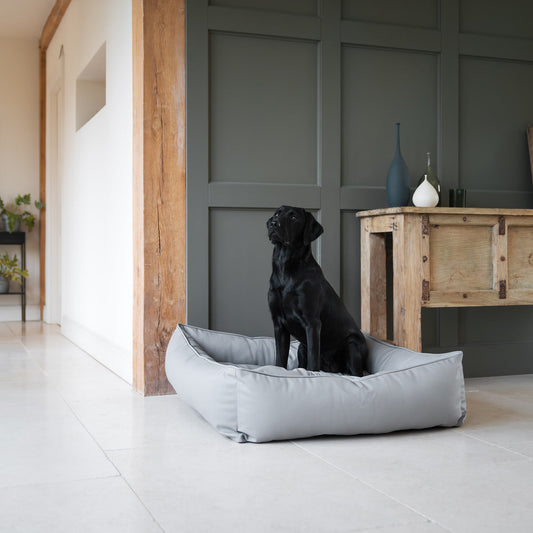



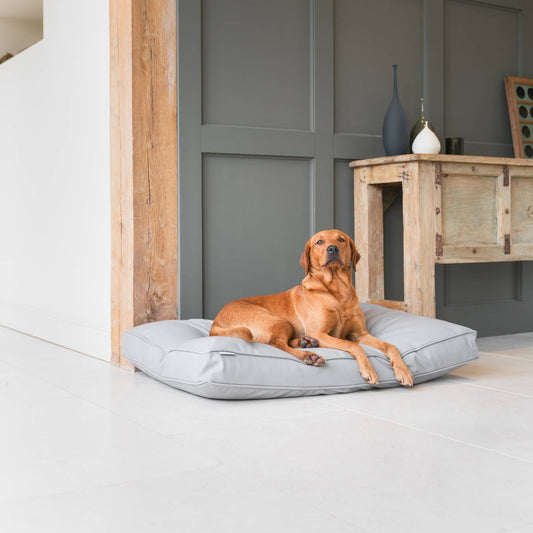
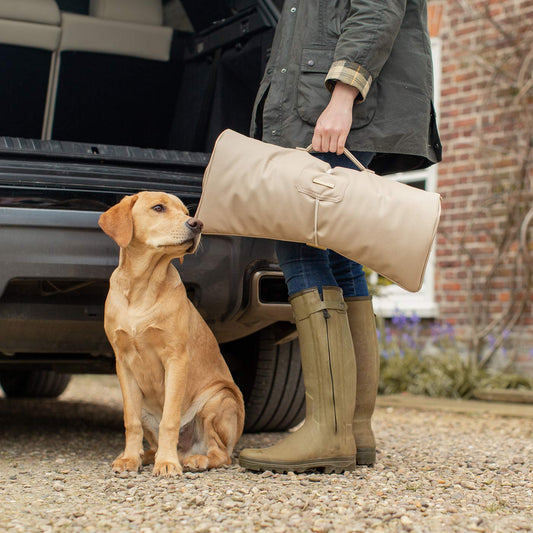
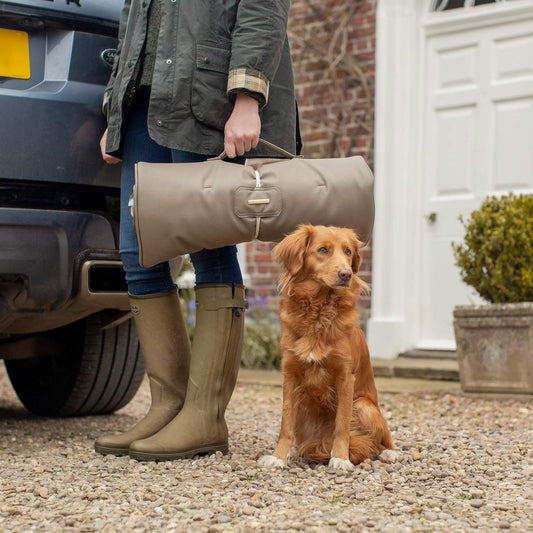

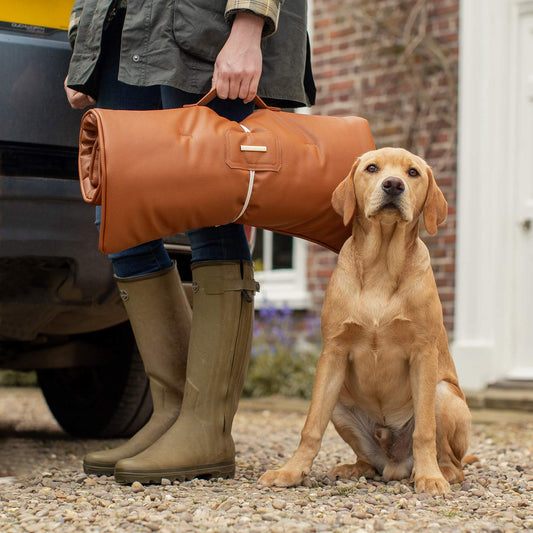








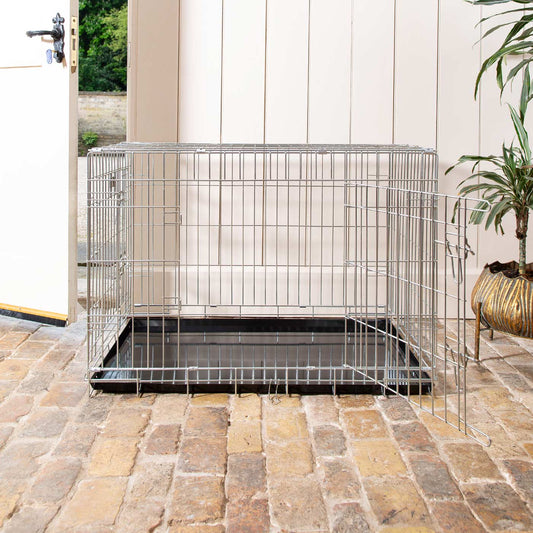

![[color:blue]](http://www.lordsandlabradors.co.uk/cdn/shop/files/dexas-mudbuster-blue-studio_7a3a7caf-4550-4c3d-beae-48ffaceace73.jpg?v=1695043114&width=533)
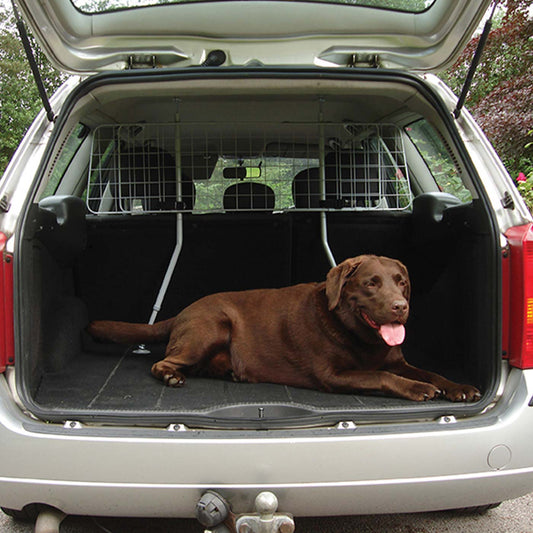
![[color:fuchsia]](http://www.lordsandlabradors.co.uk/cdn/shop/files/dexas-mudbuster-fuchsia_72fe2378-38cc-4bcd-9eff-aeee1a90928b.jpg?v=1695043197&width=533)


![[color:grey]](http://www.lordsandlabradors.co.uk/cdn/shop/products/scruffs-noodle-drying-mat-grey-lifestyle.jpg?v=1636718576&width=533)
